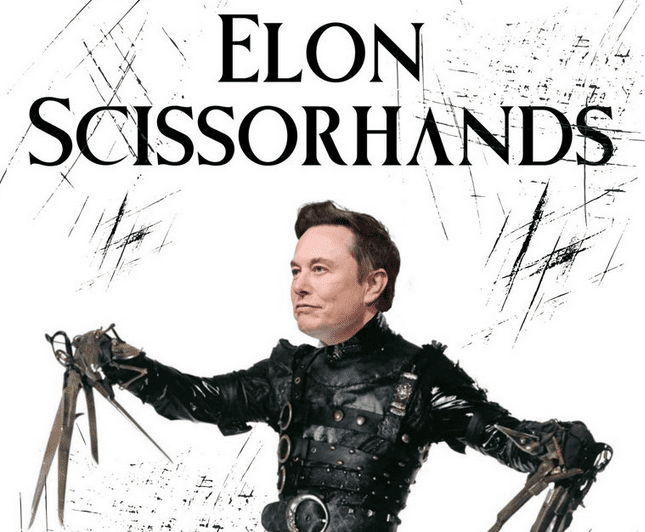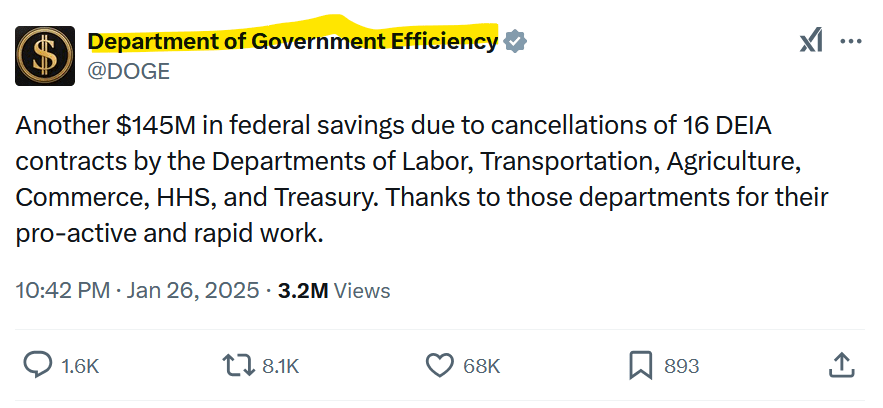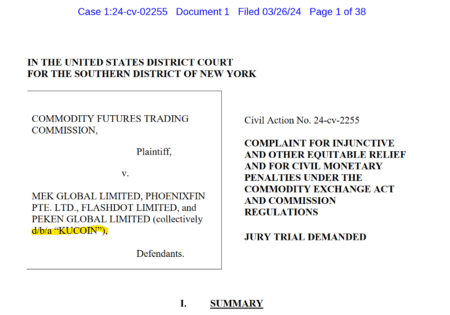The Department of Government Efficiency (DOGE), led by Elon Musk under President Trump’s administration, was officially established by executive order on Jan 20, 2025 as a part of the White House structure. It is operational and has begun its work to modernize federal technology and reduce government spending. Here are the latest updates on DOGE.
Establishment and Structure
DOGE (x account) was officially established on January 20, 2025, when President Trump signed an executive order. The order renamed the existing US Digital Service (USDS) to the US DOGE Service, making it a part of the White House structure. DOGE is now a temporary organization within the Executive Office of the President, set to disband within three years.
Mission and Scope
Initially proposed as an advisory body, DOGE’s current mission focuses on:
- Modernizing federal technology and software to maximize efficiency and productivity.
- Providing full access to unclassified agency records, software systems, and IT systems.
- Implementing cost-cutting measures across federal agencies.
Key Developments
- Leadership: Elon Musk is leading DOGE, reporting to White House Chief of Staff Susie Wiles.
- Staffing: DOGE is expected to have around 20 employees, with teams of at least four people in each federal agency.
- Transparency Concerns: Watchdog groups have raised questions about DOGE’s scope and transparency, particularly regarding potential conflicts of interest.
- Legal Challenges: Multiple lawsuits were filed against DOGE on Trump’s inauguration day, questioning its compliance with federal transparency rules.
Current Initiatives
- Coin Production Efficiency: DOGE is exploring ways to reduce the cost of minting pennies and nickels, which currently cost more to produce than their face value.
- IT Modernization: The focus appears to be more on improving government technology systems rather than the initially proposed broad budget cuts.
Projected Savings
While Musk initially suggested potential savings of up to $2 trillion, he has since tempered expectations:
- In a recent interview, Musk stated, “We’ll try for $2 trillion. I think that’s like the best-case outcome,” adding that aiming for $2 trillion gives them “a good shot at getting $1 [trillion].”
- Budget experts have expressed skepticism about achieving such large cuts without affecting major programs like Social Security and Medicare.
In conclusion, DOGE is operational and actively working on government efficiency projects, with a primary focus on technology modernization. However, its broader impact on federal spending remains to be seen, and the initiative continues to face scrutiny over its scope, transparency, and potential conflicts of interest.






